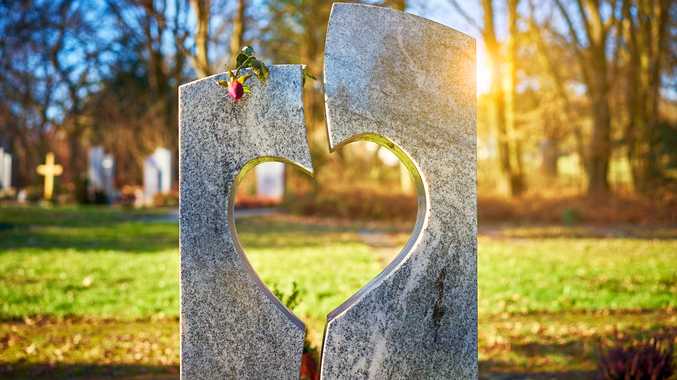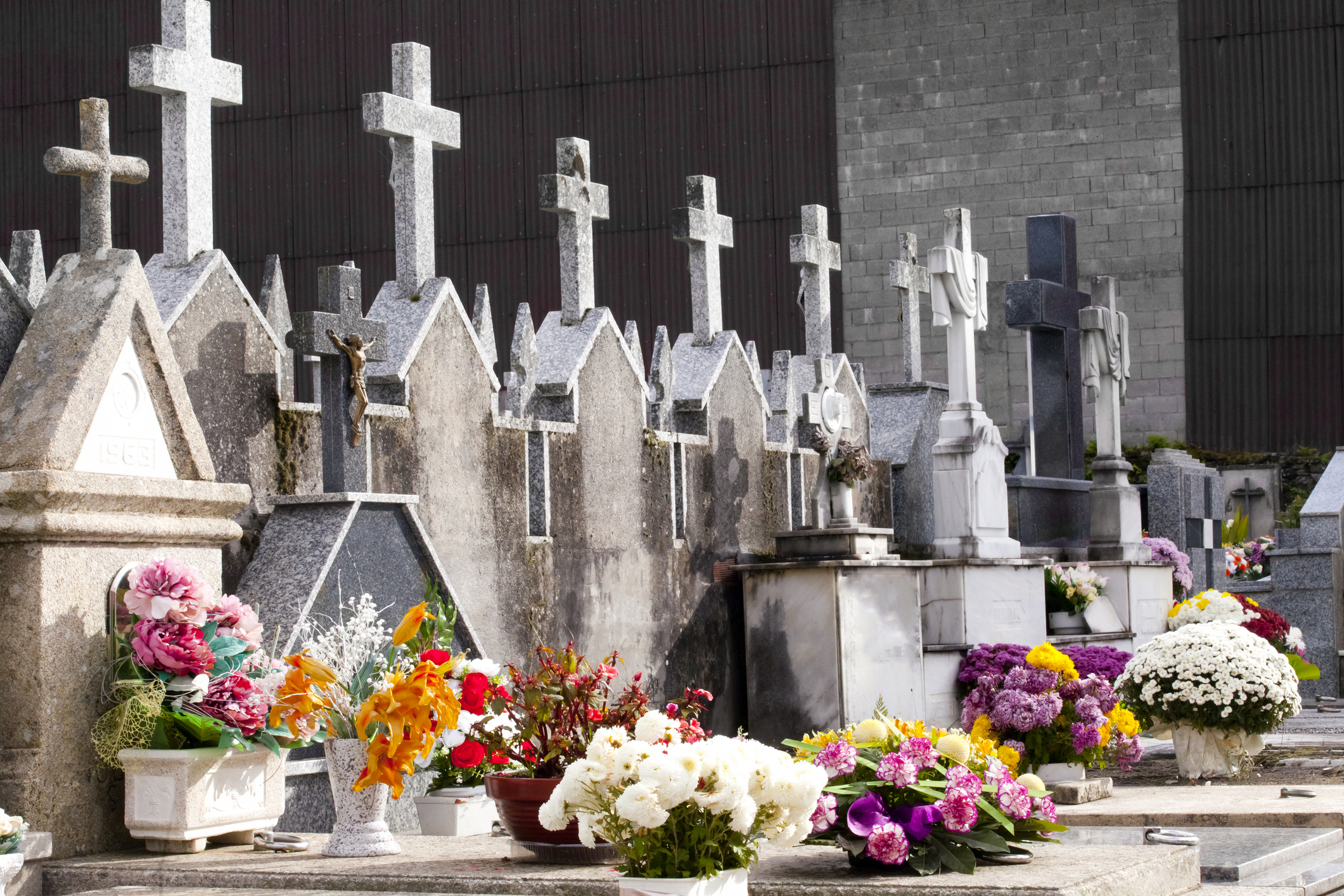Where to find grief support services in NSW
Find grief support in NSW to find solace on your healing journey and guidance on how to support someone...


Monument companies often use terms and jargon that are not part of our everyday language, which can make their emails, brochures and phone calls difficult to understand. If you're unsure of how to plan a funeral or organise a memorial, or are generally feeling confused, we hope explaining the key definitions below helps put your mind at ease and supports you in navigating the daunting process of planning a monument.
A monument is a structure erected over a grave to commemorate a person who has passed away. It resembles a statue and can be referred to as a 'full monument' when it includes both a headstone and a base. Alternatively, a 'monument' typically refers to the headstone alone.
These terms all describe the same thing, a stone marker placed at the head of a grave. Typically, it bears inscriptions with words and details about the deceased.
This refers to the words written on the gravestone. It usually includes the deceased's name, date of birth, date of death and sometimes a few kind words about them. The names of their relatives, such as their partner, parents, siblings and children, may also be included.
The terms urn and vase are interchangeable. An urn is a vase with a cover or lid, used to hold a person's ashes after cremation.
A plaque is a wooden, stone or ceramic tile used to mark the resting place of the deceased. It can serve as an alternative to a headstone or complement other memorials.
This refers to the specific site in a cemetery where a coffin is buried.
Hand etching involves engraving on a gravestone, skillfully carried out by an artisan who specialises in this craft. They utilise a diamond-tipped tool for this purpose.
A monument mason is a stonemason who designs, creates, installs headstones and monuments. They are also skilled in monument repairs.

Similar to hand etching, laser etching involves the use of a computer-guided laser instead of manual craftsmanship.
Wings are two separate headstones that either mirror each other or form a symmetrical shape. They are installed on a shared base and are commonly used for partners such as husband and wife, wife and wife, or husband and husband.
A monolith is a monument installed directly into the ground, standing upright without a base.
A columbarium is a monument that includes vases or housing to store ashes. It often resembles a bookshelf, with separate slots for each deceased person.
A mausoleum is a free-standing building that houses the remains of a deceased person.
A crypt refers to a specific area within a mausoleum where a person's body is entombed.
Pol refers to the finish of the chosen stone for the memorial. Typically, 'pol' indicates a shiny or glossy finish.
Contrary to what you might expect, 'steel' in this context does not refer to the material. Instead, it represents a different type of stone finish, serving as an alternative to pol. This particular finish creates a smooth surface by frosting parts of the stone with a sandblaster, giving it a velvety texture.
BRP is a rustic finish compared to 'steel' and 'pol.' It is commonly used on the sides of a monument, showcasing the natural stone and adding a touch of uniqueness.
A ledger is a long and flat stone that covers the grave, forming the bottom part of the monument. Inscriptions can be engraved on both the ledger and the headstone, providing ample space to commemorate the loved one.
Cemeteries typically have different sections, often not clearly identifiable, each with its own rules and restrictions regarding who and how people can be buried. Before finalising your decision on the monument type, it is best to consult with the cemetery to ensure your choice aligns with their regulations. As you navigate the complexities of funeral planning and monument selection, remember that your intentions and love for your loved one are what truly matter. We hope this guide serves as a helpful companion on your journey, offering clarity and understanding as you honour and cherish the memory of your dear departed.